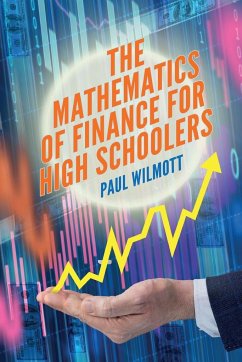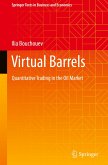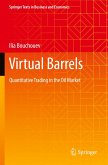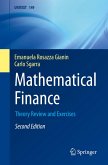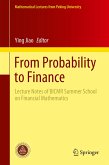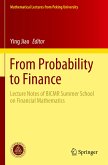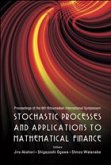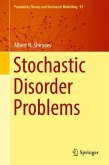It's never too early to start learning about finance. But the mathematics covered in this book is not the mathematics of balancing your check book, or splitting a restaurant bill among friends, some of whom had the set menu, and others the specials. The mathematics here is an introduction to the subject known as mathematical finance, quantitative finance or financial engineering. It's an introduction to the higher level of mathematics used in banks and hedge funds, in valuing complex financial instruments, in allocating money to different assets, and in measuring and managing risk. This book is for high-school children who are confident in their mathematics. They do not have to be advanced or even top of their class. But they do have to be comfortable with learning new concepts. The book starts with a chapter on the history of money, banks, bubbles and crashes. Then there's the jargon. Bankers do like their jargon, but it's all very straightforward. Then there's a chapter on careers in finance. There are jobs that just require familiarity with spreadsheets, then there are jobs that require a degree in mathematics or computer science. A chapter on the basic mathematics is next. That's a little bit, but only a little bit, about the exponential function, logarithms and simple ideas in probability. The last four chapters are on fixed income (that's just putting money in the bank), shares, portfolios, and finally the financial instruments known as options.
Hinweis: Dieser Artikel kann nur an eine deutsche Lieferadresse ausgeliefert werden.
Hinweis: Dieser Artikel kann nur an eine deutsche Lieferadresse ausgeliefert werden.

